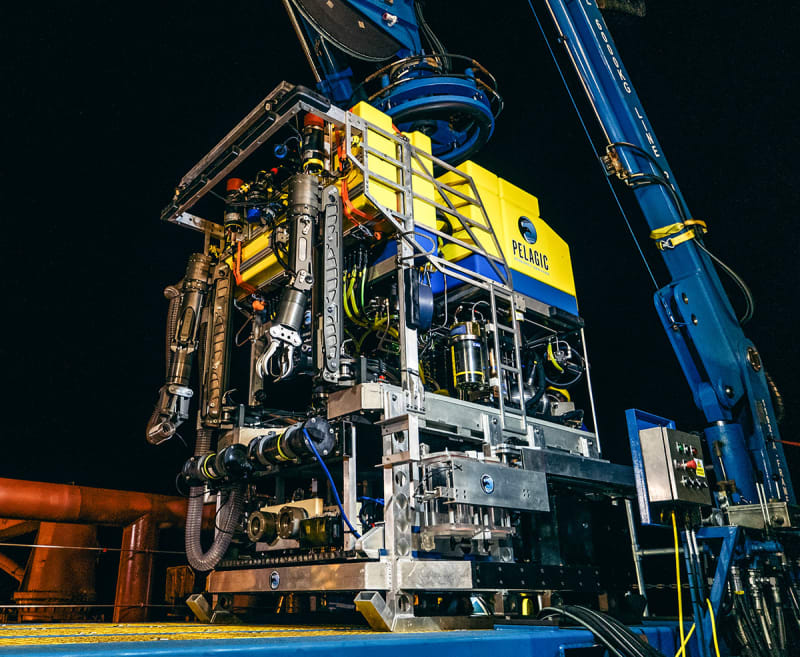As requested, posted from old thread.
Regards
Blakmax
Ok
I had my money on the apalling Tsai-Hill or Tsai-Wu failure criteria giving a totally incorrect prediction of compression-compression strength. I reserve that opinion, but now based on Tugboat's pictures and Rodface and IRstuff postings above, I would add real concerns about adhesive bonding issues. In Tugboat's image, I do not see any significant fore-aft overlap for the adhesive bond. Surely they did not rely on the bond between the vertical face of the five inch composite and the titanium end cap to conduct load. Even people of very restricted engineering knowledge understand that the first rule of bonded joint design is that you NEVER rely on bonds that even have a minor risk of tension loading.
My next concern is the overlap length shown schematically in Rodface's posting between the end fitting and the composite shell. Does anyone have dimensions? One of the most significant stupidities in adhesive bond design is to use the lap-shear strength as determined by tests such as ASTM D1002 to design the overlap length for bonded joints. Further, the strength of adhesives changes dramatically with temperature, so I just hope they provided test data at the low temperatures at depth. Typically, at low temperatures the adhesive is very stiff and the strength is higher, but the elastic modulus is also very high which results in a very low strain to failure.
My next concern is in relation to the surface preparation procedures for the titanium end caps and also for the former shown by IRStuff. Please understand that adhesive bonding is a chemical process that relies on the formation of chemical bonds between the adhesive and the surface of the metal or composite resin. Surface rough ness is a secondary issue. Now, everyone knows that the surface must e clean, so that surface contaminants do not interfere with the chemical reaction. But a clean surface is not a sufficient condition. The surface must also be chemically reactive so that chemical bonds are actually able able to form. Such a treatment will provide a strong bond in the short term.
However, there is a third requirement that many people overlook. Many metals have an affinity for the development of hydrated oxides, for example aluminium (Ok, for the US readers aluminum) will form Al2O3 as soon as the surface is exposed. Over time this surface has a tendency to hydrate to form Al2O3.2H2O. For this reaction to happen, any adhesive bond to the original oxide layer must dissociate so that the hydration reaction can occur. This is the cause of interfacial adhesion failure of the bond. Hydration is exacerbated by immersion in water and the addition of salt. There are essentially three adhesive failure modes:1 cohesion, where the adhesive fractures leaving a layer of adhesive on both surfaces. This is a high strength mode of failure. 2. Adhesion failure where the adhesive separates from a substrate at the interface due to hydration. This is a very weak mode of failure. 3. A mixed-mode failure which is a variable mixture of cohesion and adhesion. This mode occurs as interfacial hydration is happening, with the strength degrading as hydration progresses. I am concerned with the degree of adhesion failure shown in the picture shown by Tugboat.
An essential requirement for longer term bond durability is a treatment applied to the surface to demonstrate that any surface preparation provides adequate resistance to interfacial hydration. The best test for this is the wedge test such as ASTM D3762.
So, I have grave concerns about the composite design, the adhesive bond design and the adhesive bond surface preparation processes. I don't think the company could have PAID ME enough to encourage me to take the trip.
Regards
Blakmax

